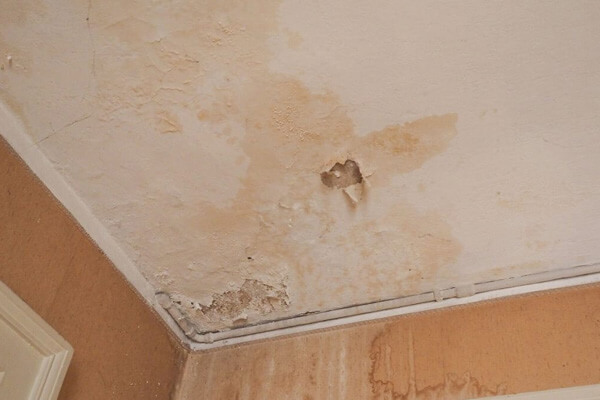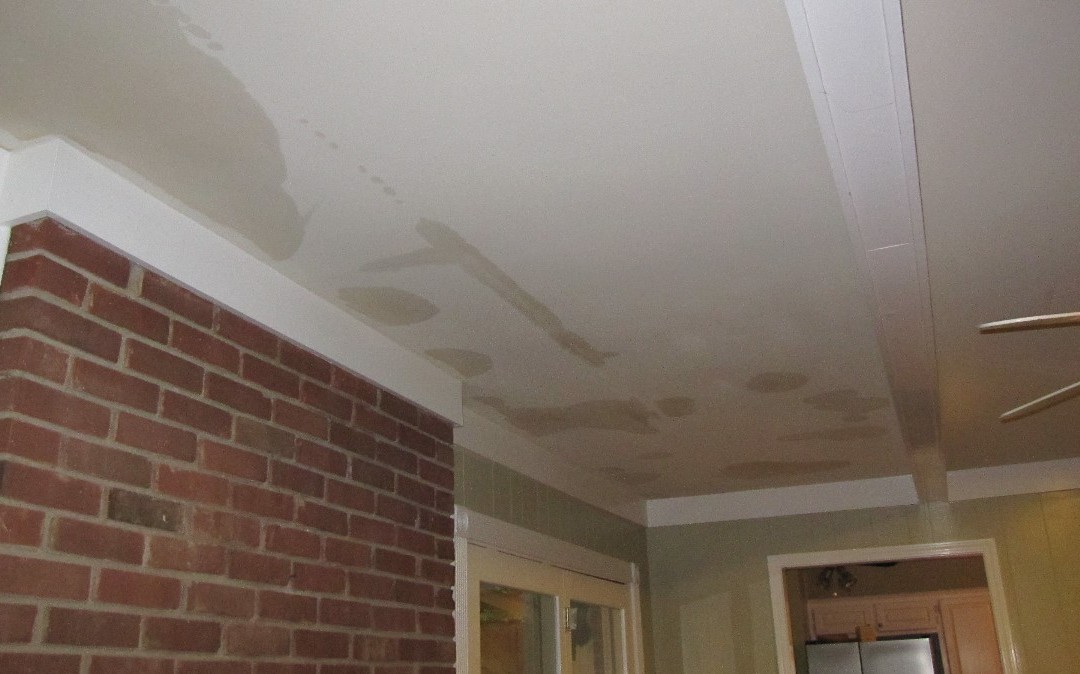Wall Leak Spotting and Fix - A Comprehensive Handbook
Wall Leak Spotting and Fix - A Comprehensive Handbook
Blog Article
The article author is making several good points about How to Remove Water Stains from Walls and Ceilings overall in the content beneath.

Water spots on wall surfaces are not pleasurable to the eyes. Sometimes it appears almost inevitable to experience water discolorations on walls in houses.
Homeowners staying in humid areas constantly take care of the worry of water spots on walls. That doesn't have to be the instance for you. With exact and also well-shaped details on the causes of water stains as well as prompt repair work processes, you will always be an action ahead of such occurrences. This post guarantees to be a handy guide for you.
3 Typical Sources Of Water Discolorations on Wall Surfaces
Contrary to popular belief, water spots on wall surfaces do not constantly originate from bad building materials. There are a number of sources of water spots on wall surfaces. These include:
Poor Water drainage
This will certainly prevent water from permeating into the wall surfaces. This links to too much wetness that you notice on the walls of your structure.
So, the leading root cause of wet wall surfaces, in this case, can be a bad drainage system. It can likewise result from bad management of sewage pipelines that run through the building.
Damp
When hot damp air meets with completely dry cool air, it causes water droplets to base on the walls of buildings. When there is vapor from food preparation or showers, this takes place in kitchens as well as washrooms. The water droplets can discolor the bordering walls in these parts of your residence as well as spread to other locations.
Wet or condensation influences the roof and walls of structures. When the wall is damp, it creates an appropriate setting for the growth of fungi as well as germs.
Pipeline Leaks
Most residences have a network of water pipes within the wall surfaces. This ensures that the pipelines are faraway from the reach of destructive rodents. It constantly increases the stability of such pipes, as there is little oxygen within the walls. This prevents corrosion.
Yet, a drawback to this is that water leakage impacts the wall surfaces of the building and causes prevalent damage. A dead giveaway of faulty pipes is the look of a water tarnish on the wall surface.
Water Stains on Wall: Repair Tips
When dealing with water spots, property owners would normally desire a fast repair. They would certainly quickly understand this is disadvantageous as the water discolorations reoccur. Below are a couple of practical pointers that will certainly lead you in the repair service of water spots on walls:
Pro Tip
A houseplant in your house likewise raises its humidity. If the home is currently moist, you might desire to present houseplants with minimal transpiration. An instance of ideal houseplants is succulents.
Final thought
No one wants to have water discolorations on walls in their residence, it can take place to the best of us. This write-up provides you leverage, as you now understand exactly how to handle this accident if it does occur.
It is always best to hire specialist services to aid deal with the problems in your house.
Occasionally it appears almost unavoidable to experience water stains on wall surfaces in houses.
Contrary to popular idea, water discolorations on wall surfaces do not constantly stem from poor building materials. There are numerous causes of water stains on walls. The water droplets can tarnish the bordering wall surfaces in these parts of your home and also spread to other areas.
Below are a few helpful suggestions that will lead you in the fixing of water discolorations on wall surfaces:
CHECKING FOR WATER DAMAGE
Water damage can be costly, and it may begin before you even notice the first signs of trouble. Water damage can cause mold and mildew in your walls and floors, which can create an abundance of health concerns for your family. It can also lead to costly repairs of various appliances and general home fixtures. To avoid the pricey consequences of water damage, here are Warner Service’s top 5 places you should check:
The walls – The easiest place to spot the beginnings of water damage is on the walls and ceilings of your home. If water damage is present, there will most likely be water stains, especially around the windows and doorframes, and/or cracks in the drywall. If a stain looks unusual (discolored to brown, black or gray, raised texture), has a swollen appearance or is soft to the touch, contact a professional immediately. The pipes – To avoid water damage, consistently check the pipes in your kitchen (especially the dishwasher and ice maker), bathrooms, laundry room (specifically washing machines) and basement for corrosion, leaks and water stains. Pay special attention to where the pipes connect in your home and the location of caulking around the bathroom fixtures, including toilets, sinks, showers and tubs. Missing or loose caulking and grout could be signs of leaking water. This seepage can also quickly cause mold and rust, so double check your water heater and tank for wet spots on the floor. The floor – Water damage is very easy to spot on the floor. Look for any warping or buckling of the material, especially in the basement. If your home has wood flooring, look for bright white or dark stains. If your home has carpeting, keep it dry and clean. A damp carpet that smells of mold could cause water damage and health problems. To avoid this, consider installing floor pans under your appliances to help prevent damages from small, slow and undetected leaks. The basement and attic – If your basement or attic smells odd check for mold and mildew around the area, especially the valley where the roof meets. While you are inspecting those areas, check for wall cracks, floor stains, rust and dampness in the insulation. If you live in a colder and/or rainier climate, perform routine checks for water damage from melting snow or ice and rain. The exterior – Check the roof for damaged flashing and missing, cracked or curled shingles. There should also be no standing water anywhere outside your home. This could be caused by puddles, leaky rain gutters or hoses, poor drainage, or short gutter spouts. Invest in a sump pump system or water flow monitoring system, and perform routine maintenance on these outdoor appliances to avoid indoor water damage.

We were shown that article about How to Remove Water Stains from Walls and Ceilings through an associate on a different web blog. If you enjoyed reading our page if you please remember to share it. Thanks so much for going through it.
Efficient, reliable plumbing services here. Report this page